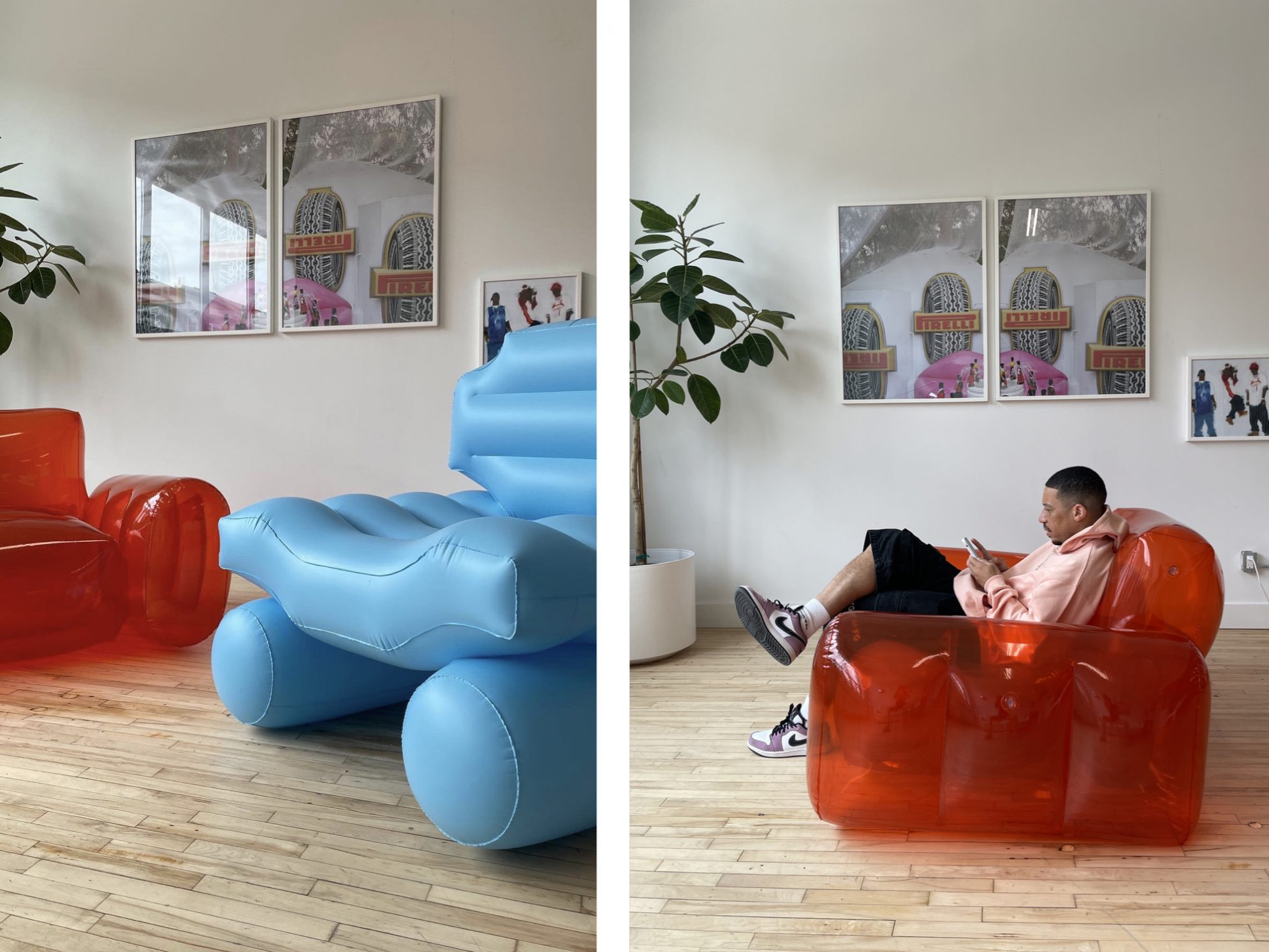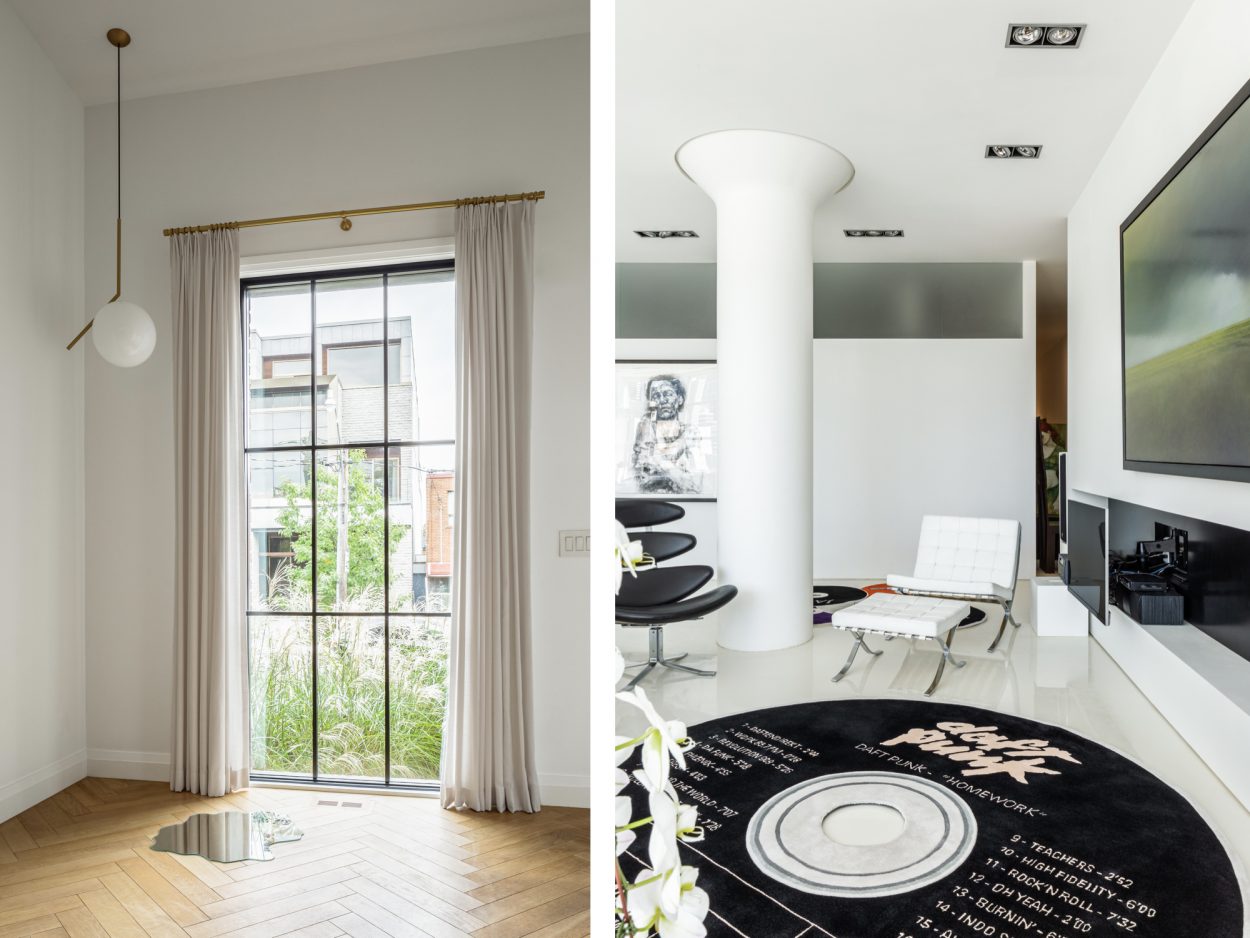Some of your first creative endeavors were in fashion. What’s the biggest difference between designing clothes and home decor?
Fashion is a tougher process, it needs to be more frequent because people outgrow jeans, shirts, etc.—there’s so many factors to account for with fashion design. With home, people can have something for 20, 30 years. They can outgrow stuff in houseware, too, but it’s an easier process, it’s more constant. There are less factors, less frequency, less having to change things so often and fit into a specific theme per season.
Are there any similarities in terms of your approach to the two?
I carry over the styling and merchandising aspect over to homeware. It’s not just about the object we’re making, it’s about how it fits into the whole scene; how furniture and accompanying pieces look when we do the catalogs. That’s my fashion brain. What jeans are you going to wear with the shoes? What accessories, proportions, all of that kind of stuff—my fashion background really brought that over to homeware.
What’s the story behind your new collection, Ego?
Toward the end of 2021 I was browsing marketplace and came across this inflatable sofa and ended up doing a deep dive into inflatable furniture. Quasar Khahn pioneered it in the 60s and Ikea made an attempt at bringing it back to market in the early 2000s, but people didn’t really take to it long term—the world wasn’t prepared for it. Now that younger people seem to be getting more interested and inspired by homeware and design after the pandemic, it seems like the perfect time for Curves to be able to play in that space. We came up with the concept of it being called Ego, with the inflatable component to it [being] something you inflate.
Have you always been interested in interior design?
I’ve always subconsciously thought and cared about these things, I just hadn’t explored the curiosity within them yet. When I was doing fashion, I wasn’t really thinking about interior or spatial design in that way—I just knew everything had to look sick and put together. I subconsciously knew that it was an important part of the universe of design. Looking back at my old Tumblr in 2012, it seemed to be a lingering idea and present in many ways in my life. Like everything else, it just crept up on me and opened itself up when it was time, and I dove in headfirst.
The fashion background, the floor mirrors, the color changing umbrellas, and now the inflatable furniture. It seems like you take a lot of risks and don’t like to confine yourself within one specific area of design. Do you ever hesitate?
Not necessarily. I feel like there’s so much of the same thing out in the world, so why not take the risk? Why not try something different? When we dropped the rugs, some people loved it and some hated it. Some people killed me for the floor mirrors, and others who are killing me for the Ego chairs. People always have something to say, but that’s better than being safe and doing the things that everyone is going to be comfortable with.
Design should be polarizing and free flowing. People should have an opinion to say I like this or it’s the stupidest thing I’ve ever seen. But at least it’s some kind of conversation revolving around design. That’s the kind of stuff I want to be involved in. We want to be doing things that people have an opinion or feeling toward.
I don’t ever think about not taking a risk and I think that’s because I wasn’t formally educated in the space. So if I were to give the parallel of music: someone who taught themself piano would play a lot more free flowing than someone who was doing recitals most of their lives. They find themselves staying in this rigid constraint of how they were taught to play. Same with design. If I were to suggest the idea of floor mirrors in university, the professor would’ve shut it down because it’s not fundamentally “correct.”

